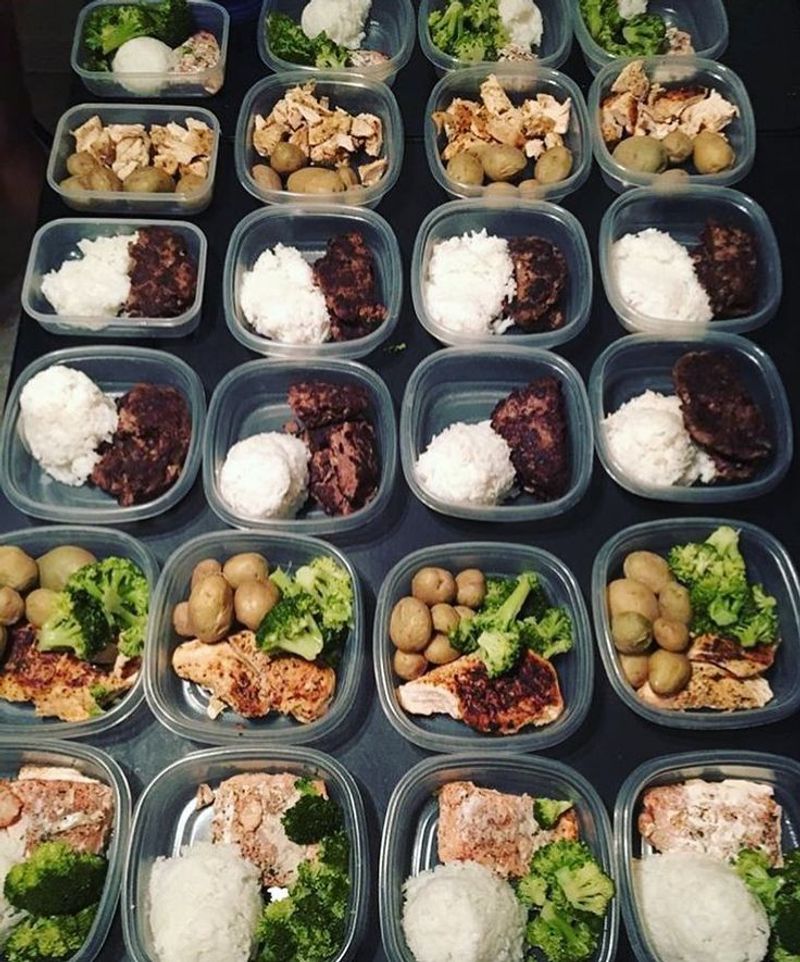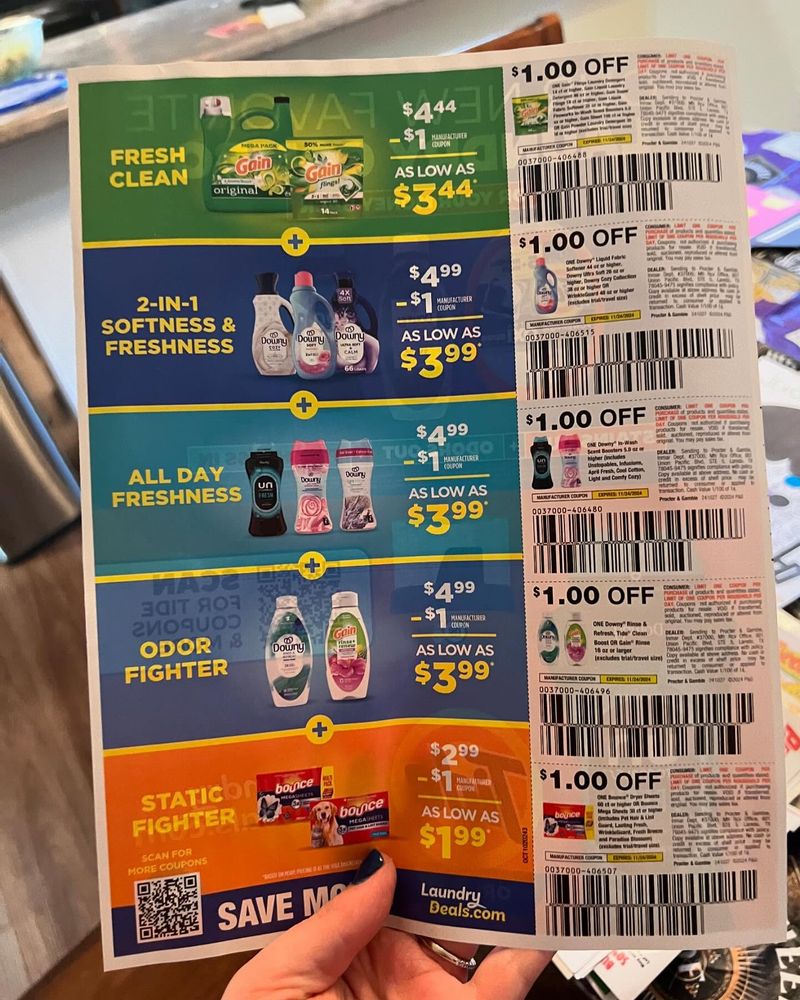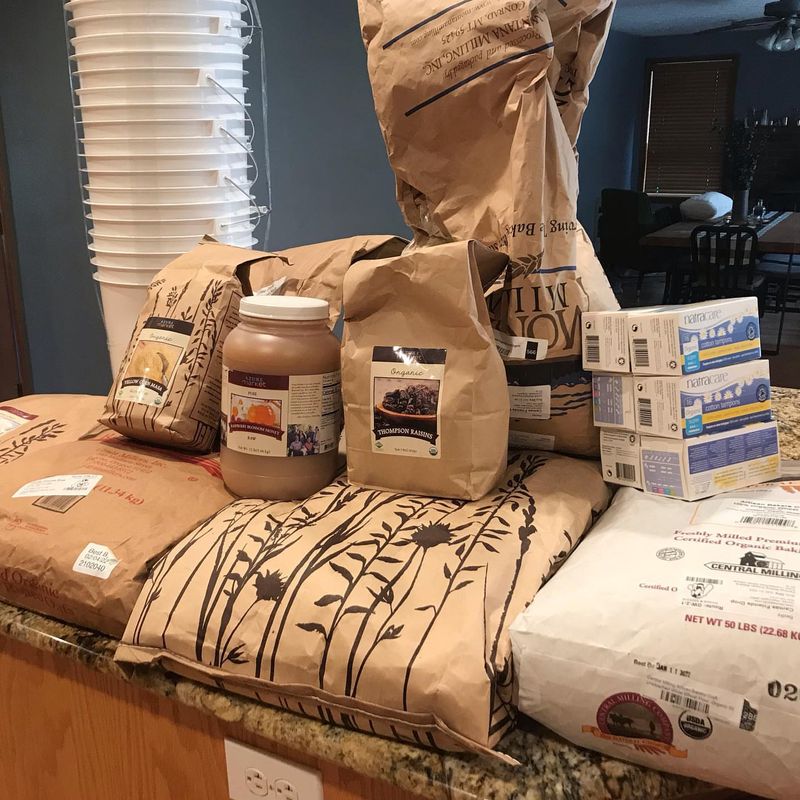Feeding a family while keeping costs down can feel like an impossible juggling act. As a mom of three with a tight budget, I’ve learned to stretch every dollar at the grocery store through years of trial and error. These practical shopping habits have transformed how I feed my family, saving us hundreds of dollars each month without sacrificing nutrition or taste.
1. Meal Planning Based on Sales

Flipping through store circulars before making my shopping list completely changed my grocery game. I build our weekly meals around whatever protein is on sale, rather than deciding what I want to cook first. When chicken thighs drop to 99¢ per pound, we’re having chicken fajitas, chicken soup, and roasted chicken that week.
My family gets variety because different items go on sale each week. This simple switch cuts our meat expenses nearly in half and prevents the common trap of planning elaborate meals that require expensive specialty ingredients.
2. Cash-Only Shopping Trips

My debit card made it too easy to overspend without noticing. Now I withdraw our exact grocery budget in cash each week and bring only that amount to the store. When I’m physically counting out bills at checkout, I become hyper-aware of every dollar spent.
This tangible connection to money forces me to put back unnecessary items when I approach my limit. The first month using this method, our grocery spending dropped by $120! No fancy budgeting app has ever been as effective as this simple cash envelope in my purse.
3. Befriending the Butcher

Most shoppers grab prepackaged meat without a second thought. I started chatting with Sam, our local butcher, who now alerts me when meat is approaching its sell-by date and will be marked down. He also saves beef bones for stock and offers cheaper cuts that aren’t displayed.
Butchers can custom-grind meat, portion family packs, and provide cooking advice for unfamiliar cuts. Building this relationship has saved us roughly $30 weekly on protein costs. The secret? Just being friendly and asking questions about their craft – butchers typically love sharing their knowledge with interested customers.
4. The Price-Per-Unit Game

Grocery stores count on shoppers grabbing familiar brands without checking the fine print. I’ve turned comparison shopping into a game by focusing exclusively on the small price-per-unit numbers on shelf tags. The results can be shocking!
The larger cheese block often costs 30% less per ounce than pre-shredded. Store-brand cereal frequently costs half the price per ounce of the name brand right next to it. My kids now help spot the best deals, learning math skills while we shop. This habit alone saves us approximately $45 monthly by avoiding the marketing tricks designed to make us overspend.
5. Strategic Freezer Management

My freezer has become command central for our budget eating. When berries hit rock-bottom summer prices, I freeze enough for months of smoothies. Markdown bread becomes French toast, stored in freezer-ready portions.
Batch cooking has revolutionized our weeknight meals. Sunday’s big pot of chili becomes multiple dinners stored in labeled containers with reheating instructions. A freezer inventory sheet on the door prevents forgotten items from disappearing into the frozen abyss.
This system saves approximately $80 monthly by capitalizing on sales, preventing food waste, and eliminating expensive last-minute takeout when we’re too tired to cook.
6. Rainchecks Are Gold

Store shelves empty quickly when popular items go on sale. Instead of leaving disappointed, I head straight to customer service for a raincheck – a little slip guaranteeing the sale price when the item restocks.
Unlike coupons with short expiration dates, most rainchecks remain valid for 30-60 days. This lets me buy at my convenience and often in larger quantities than would be available during the actual sale week.
The real magic happens when combining rainchecks with manufacturer coupons that weren’t available during the original sale. This double-discount strategy saves our family roughly $25 monthly on staple items.
7. Strategic Coupon Timing

Couponing once consumed my life until I discovered a more efficient approach. Rather than clipping everything, I only save coupons for products we regularly use and wait to redeem them during store sales. The secret is patience.
A $1 coupon for pasta sauce becomes much more valuable when that sauce is already marked down from $3.99 to $2.50. By timing coupon use with sales cycles, I essentially “stack” discounts.
I maintain a small accordion file organized by expiration date, not product type. This targeted method saves us approximately $60 monthly while requiring just 20 minutes of planning weekly – no extreme couponing required!
8. Bulk Buying Revolution

Wholesale clubs aren’t always the bargain they appear to be. My game-changing approach involves buying selectively in bulk – focusing exclusively on shelf-stable items with high per-unit savings that our family consistently uses.
Rice, beans, and oats now come from bulk bins where I control exactly how much I purchase. For cleaning supplies, I buy concentrated versions and dilute them at home in reused containers.
The surprising winner? Spices. Buying from bulk bins saves nearly 80% compared to jarred spices. I spend just $2-3 annually on each spice we use regularly, versus $4-5 per tiny jar. These bulk strategies save approximately $70 monthly.
9. Growing Grocery Money

Our small patio garden produces surprisingly substantial savings. Starting with just herbs in windowsill pots, we expanded to tomatoes, lettuce, and zucchini in containers. Fresh herbs offer the biggest return on investment – a $3 basil plant provides what would cost $30+ in store-bought packages over a season. We freeze excess herbs in olive oil using ice cube trays for winter cooking.
Even apartment dwellers can grow sprouts in jars on countertops. The financial benefit extends beyond direct savings – having fresh produce at home reduces emergency trips to the store where impulse purchases happen. Our modest garden saves approximately $35 monthly during growing season.
10. Markdown Magic Hours

Every grocery store has specific times when they mark down perishable items approaching their sell-by dates. Through friendly conversations with store employees, I learned our local stores reduce bakery items at 7pm and produce at 8am. I now plan shopping trips around these markdown times.
The savings are substantial – bread at 50% off, perfectly ripe avocados for 75% less, and organic salad mixes for a fraction of the original price. These items remain perfectly good for several days when properly stored or can be immediately frozen. This insider knowledge saves our family approximately $50 monthly on fresh foods that would otherwise be financially out of reach.
11. The Pantry Challenge

Once monthly, we play what my kids call “the pantry game” – creating meals exclusively from what’s already in our kitchen. This practice prevents food waste and resets our spending. Creative combinations emerge when shopping our own shelves.
Forgotten rice becomes risotto, random vegetables transform into soup, and that can of chickpeas becomes hummus. We rate each creation on a fun scale. Beyond saving approximately $100 during challenge weeks, this habit prevents the common trap of continually buying new ingredients while perfectly good food languishes in cupboards. It’s also taught my children resourcefulness and appreciation for what we have rather than what we might want.

Comments
Loading…